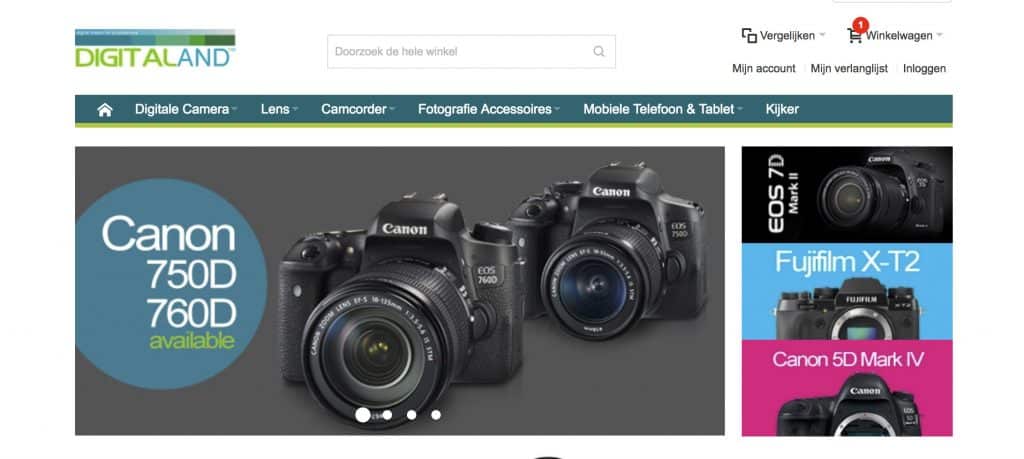Arsenal intelligent camera assistant honest review Introduction Arsenal, the Smart Camera Assistant, was launched a while ago on Kickstarter. Arsenal sets all the settings for you (shutter, aperture, ISO, focus points) based on Artificial Intelligence. This means that...
camera equipment reviews
Skylum Airmagic review
Skylum Airmagic review Introduction In line with Photolemur (latest review here), Skylum Airmagic is a 'one-click' automated photo enhancer, this time for your drone and aerial images. Airmagic uses an artificial intelligence (AI) engine that has been fed thousands of...
Why not to buy the DJI Mavic 2 Pro Hasselblad for photography
Why not to buy the DJI Mavic 2 Pro Hasselblad for photography Introduction I'm sure that many photographers are keen to move into the field of aerial drone photography. If you're one of those people, the DJI Mavic 2 Pro might have caught your eye recently. This new...
Anthropics PortraitPro Body 3 review and tutorial
Anthropics PortraitPro Body 3 review and tutorial Introduction For those of you not familiar with the company Anthropics, they are the ones behind the very successful Portrait Pro plug-in for Adobe Photoshop. PortraitPro Body is one of their latest plug-ins, made to...
Photolemur 3 review: highly recommended
Photolemur 3 review: highly recommended Introduction Photolemur is an automatic photo enhancer that uses Artificial Intelligence to enhance your pictures, be it RAW files or jpegs. You can use it directly by drag and dropping images onto the interface directly or from...

mydigitaland.com camera store review: buy local
mydigitaland.com camera store review: buy local Introduction As an independent mirrorless camera reviewer, I'm always looking for the best prices for high quality camera equipment. Google directed me to a site called mydigitaland.com as the cheapest price available...
Stay Updated with Wim Arys
Join our community of photography enthusiasts and receive the latest tips, tutorials, and gear reviews directly in your inbox. Elevate your photography skills with expert insights and creative inspiration from Wim Arys.